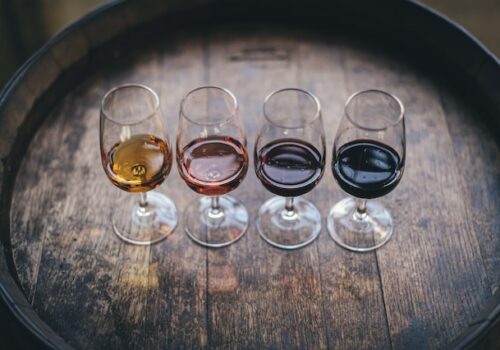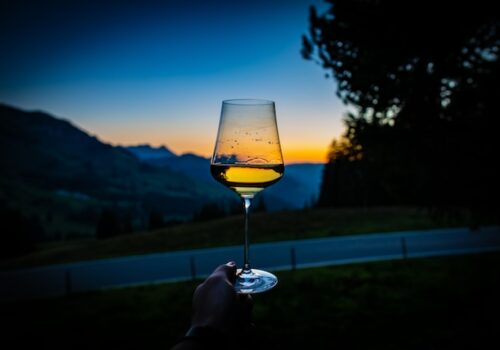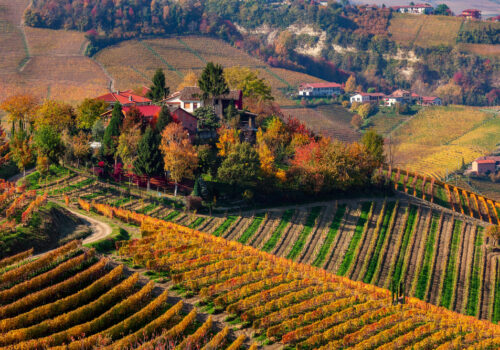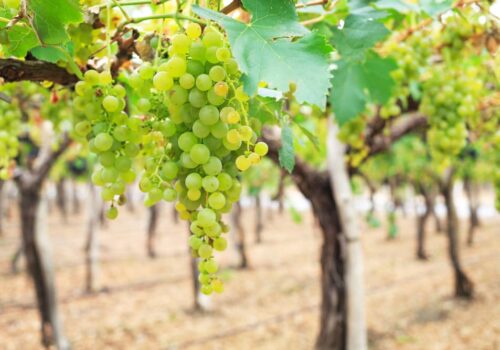Quiet wines: classification and method of production
At the very beginning of the introduction to different types of wine and winemaking, many of the terms may seem at least strange. For example, the question, “What are quiet wines?” is quite confusing to many people. There may be an association associated with a particular way of harvesting or harvesting, but in fact it’s simpler than that. The classification of quiet wines and the way they are produced will be discussed below.
HOW DRINKS ARE CLASSIFIED
A quiet wine is any sample other than a sparkling wine. That is, quiet is a substance obtained from the grape must, which in the finished form has no carbon dioxide compounds. But there is one reservation: if the final product contains CO2 in an amount from 300 to 800 mg per 1 liter, then it also belongs to the category of quiet. The fact is that carbon dioxide molecules can be formed in the liquid during fermentation. It is impossible to taste their content, because they volatilize, and a small part of them may dissolve in the wort. It is only possible to visually detect tiny bubbles on the wall of the glass. As a rule, these are wines from Viño Verde and some other regions.
What is the difference between a sparkling wine and a still wine? Named as such, the type is really quiet: if you listen to a flute of wine, you won’t hear anything, whereas sparkling types create a barely audible rustling due to the movement of gas bubbles. Essentially, quiet wines are the ones we are used to tasting or drinking most often. Sparkling wines are drank less frequently – at celebrations, holidays, anniversaries, etc.
The classification of still wines is made on the basis of one of the parameters. Depending on the color are distinguished:
Reds – those made from red varieties of grapes. These are “pinot noir”, “tempranillo”, “cabernet sauvignon” and others;
White wines that are made from white or red varieties. These are sauvignon blanc, chardonnay, and semillon;
Rosé wines, which are made from red berries by a special method of short-term maceration.
According to the concentration of sugar, they are classified as:
Dry, in which the sugar is no more than four g/l;
Semi-dry – in which sugar is present in an amount from 4 to 18 g/l;
Semi-sweet. The concentration of sugar reaches 18-45 grams per liter;
Dessert, containing at least 45 g/l.
Depending on the number of varieties used in the manufacture, a distinction is made:
Monosepages – produced from berries of a single variety, rare in storefronts;
Blended – drinks obtained by blending wines of the same or different varieties grown in different regions or years. Blending allows for a more harmonious and full flavor and aroma.
Based on the age of aging, a distinction is made:
Young wines, suitable for consumption immediately after fermentation;
Aged – beverages that have been aged for at least six months;
Vintage wines are products with high organoleptic characteristics that have been aged for a year and a half or more;
Collection – the most valuable drinks that have been aged for at least 3 years.
Despite the rather extensive classification, the ways of making wines have a lot in common.
PRODUCTION OF QUIET WINES.
The scheme of making wine includes the following stages: harvesting, berry crushing and separation of the ridges, must flowing and pressing the mash, clarification, fermentation and maceration, vitrification and stabilization, aging, bottling. Fermentation of still wine is single fermentation, unlike sparkling wine, which undergoes secondary fermentation in bottles or acratophores. The difference between the technology of making white and red wine is that in the first case the infusion on the pulp is short. When red wines are made, the must and the solid fraction are loaded into the winemaking equipment, where maceration and fermentation take place simultaneously.




